These Are The Very First Crime Scene Photographs Ever Taken
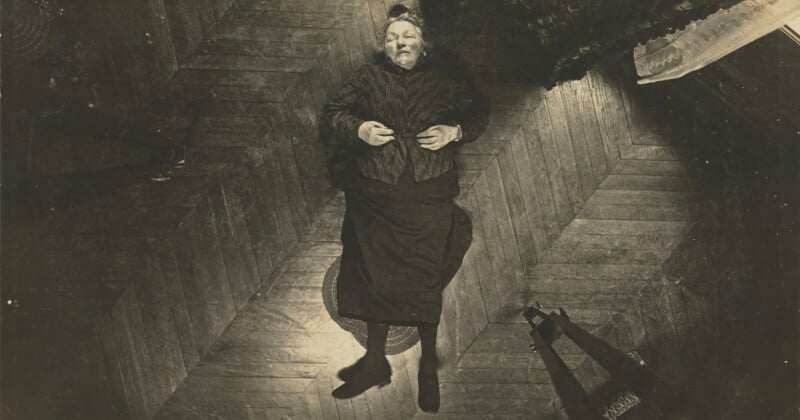
The very first crime scene photographs ever made were taken by a pioneering detective from Paris who realized how useful photography can be in solving a case.
Alphonse Bertillon is best known for inventing the mugshot, but he also photographed grisly crime scenes.
Some of his pictures show scenes of chaos; a struggle that has taken place or severe injuries to the victim. However, in others, a figure lies in a perfectly neat room — adding to the mystery of the atrocity.
Warning Some of the photos may be upsetting.
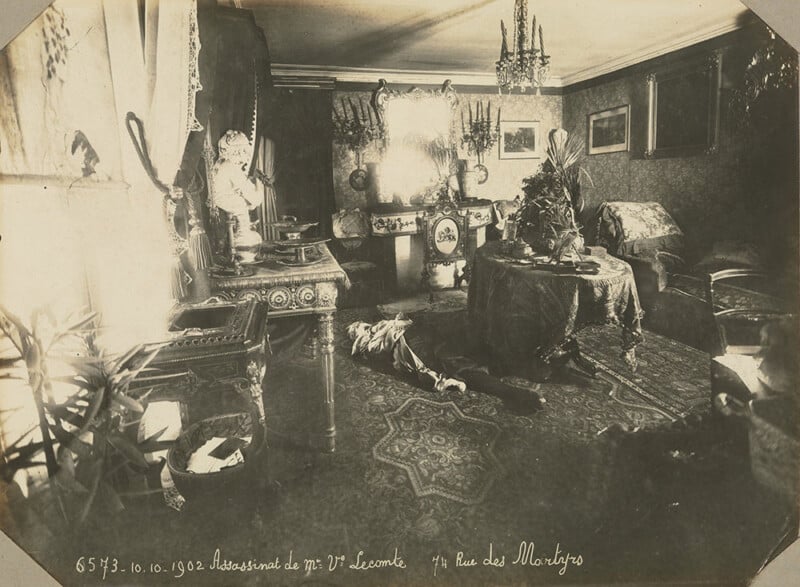
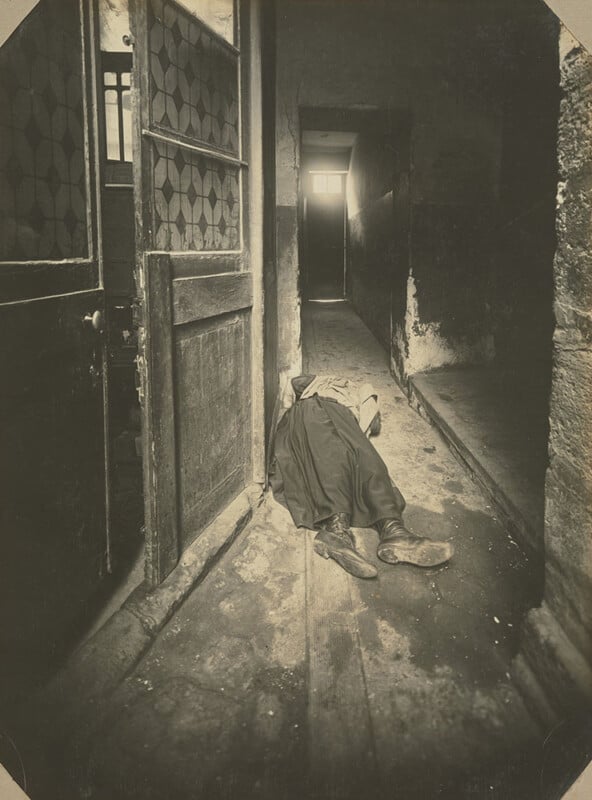
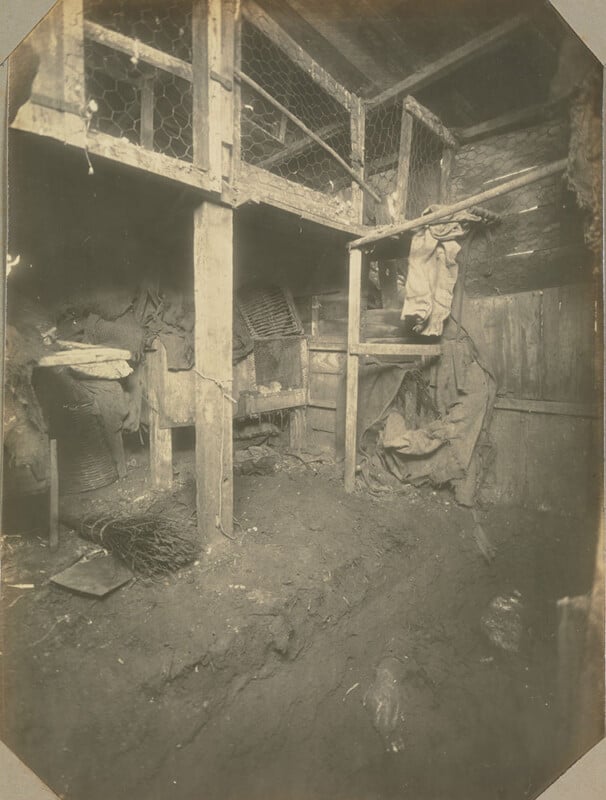
The Metropolitan Museum of Art says the photos were either taken or directed by Bretillon who was a French police officer and biometrics researcher who invented an identification system based on physical measurements.
He is best known for the mugshot which he also invented after he realized that photographs of suspects were futile unless they were standardized by using the same lighting and angles. He did so in 1888 with the now familiar frontal and profile portrait, the latter of which was selected because Bertillon believed the ears to be a highly identifiable characteristic.
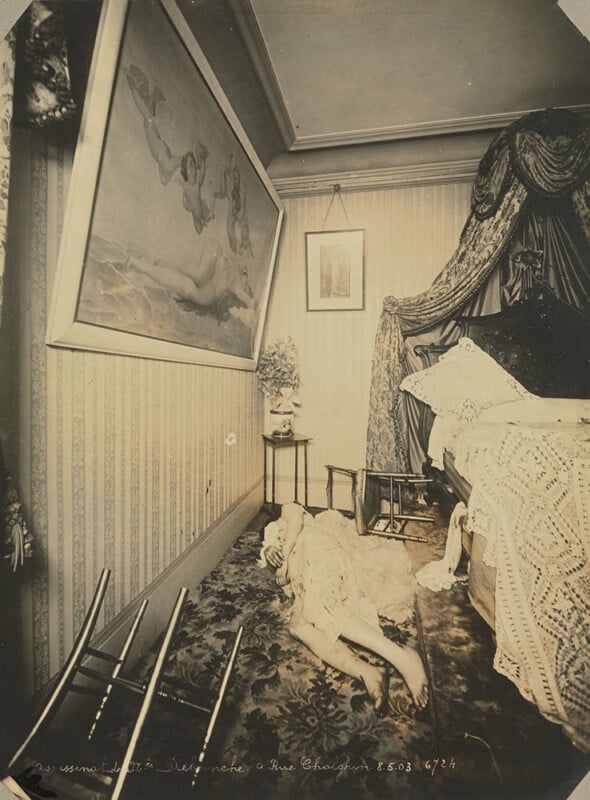
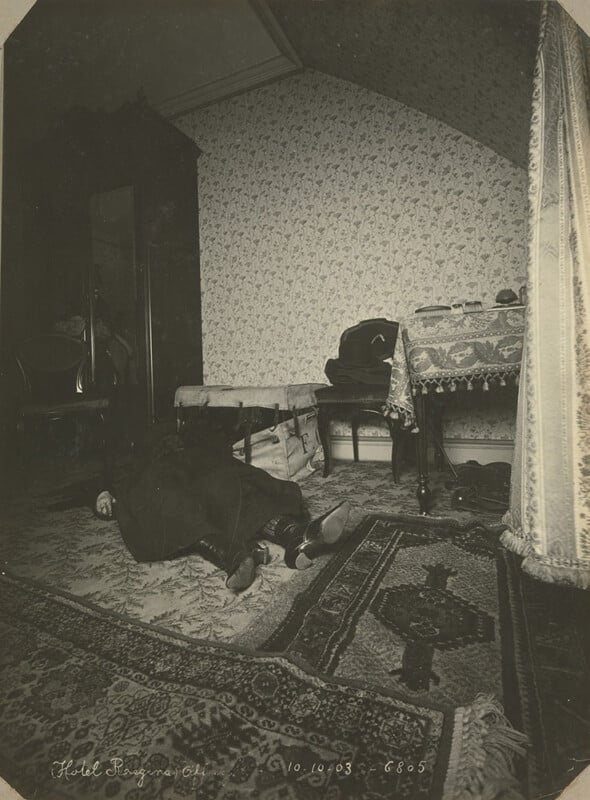
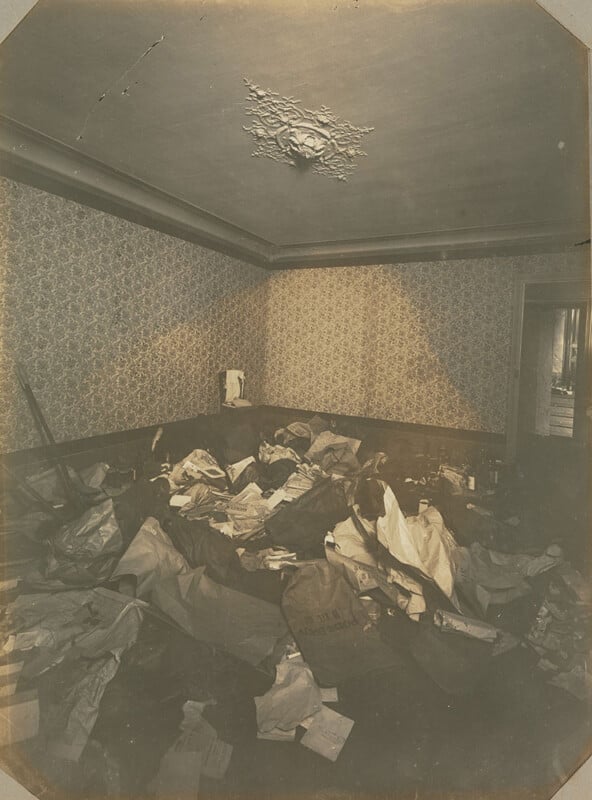
Bertillon was the first to recognize the importance of using photography to document a crime scene. It may seem obvious now, but the position of the body, the murder weapon, the footprints, or personal artifacts left behind were imperative to solving the case.
At the time there were those who doubted the relevance of photographing murder victims — considering it ghoulish and disrespectful to the deceased.
However, it quickly became apparent how such macabre photographs helped solve crimes and Paris’ police force quickly became the envy of the world.
In 1884, the royal commissioner of police in Dresden wrote that Paris was the “Mecca of police and Bertillon their prophet.”
Bertillon’s anthropometric system would later be superseded by fingerprinting. However, mugshots remain standard practice today.
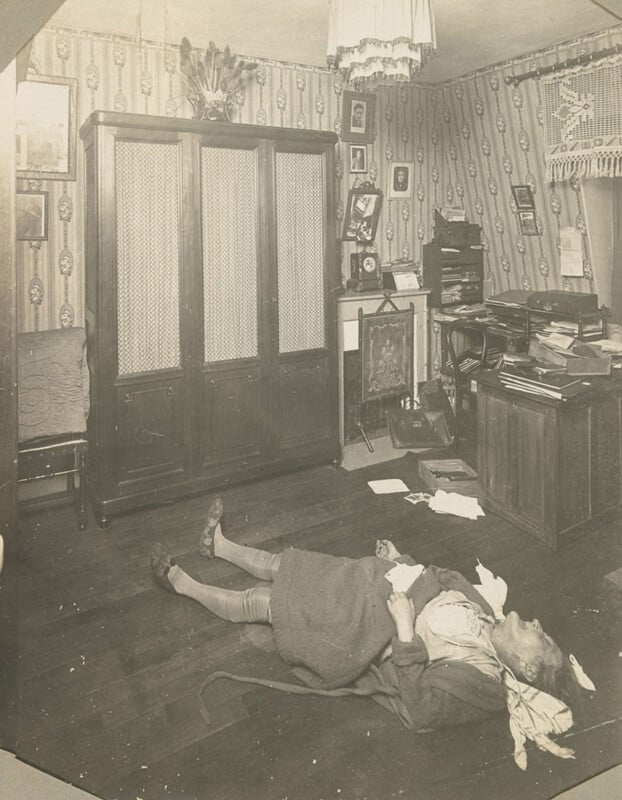
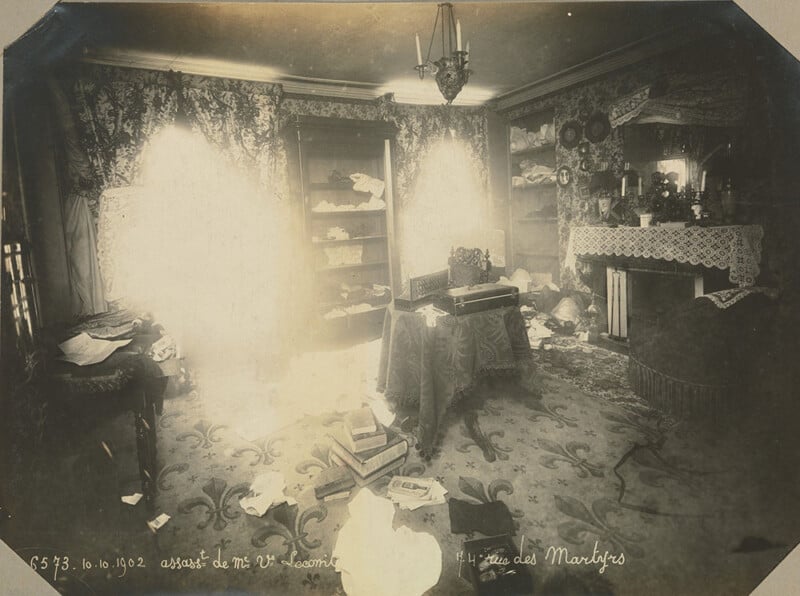
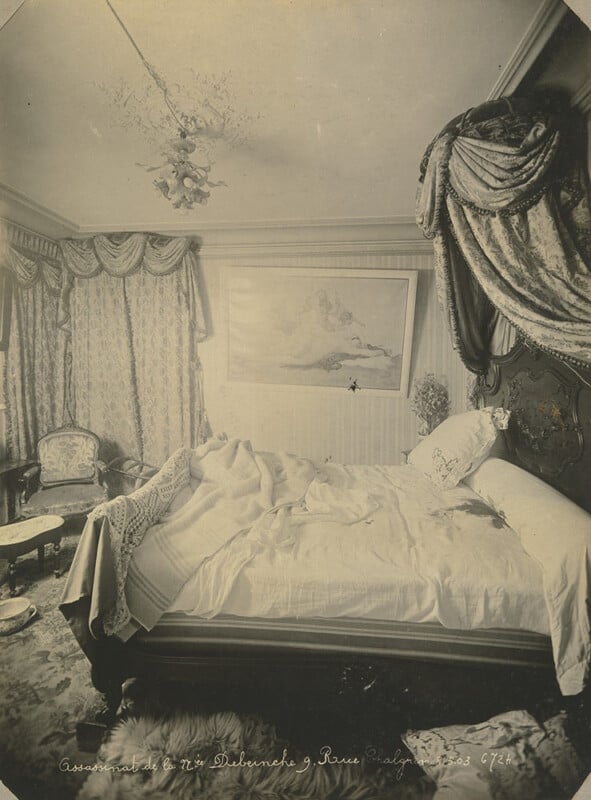
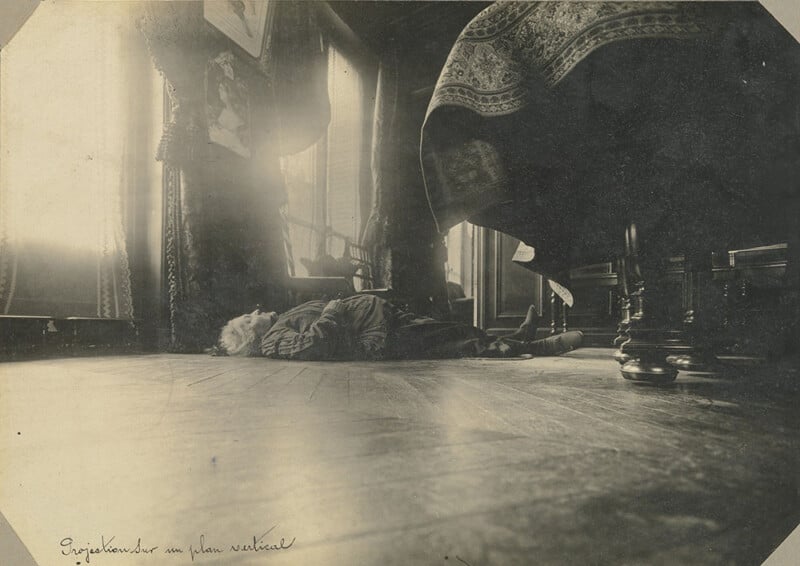
Bertillion was so famous that in the Sherlock Holmes novel, The Hound of the Baskervilles, a prospective client tells Holmes he is only the “second highest expert in Europe” in criminal matters.
Fictional Detective Holmes admits that: “To the man of precisely scientific mind, the work of Monsieur Bertillon must always appeal strongly.”
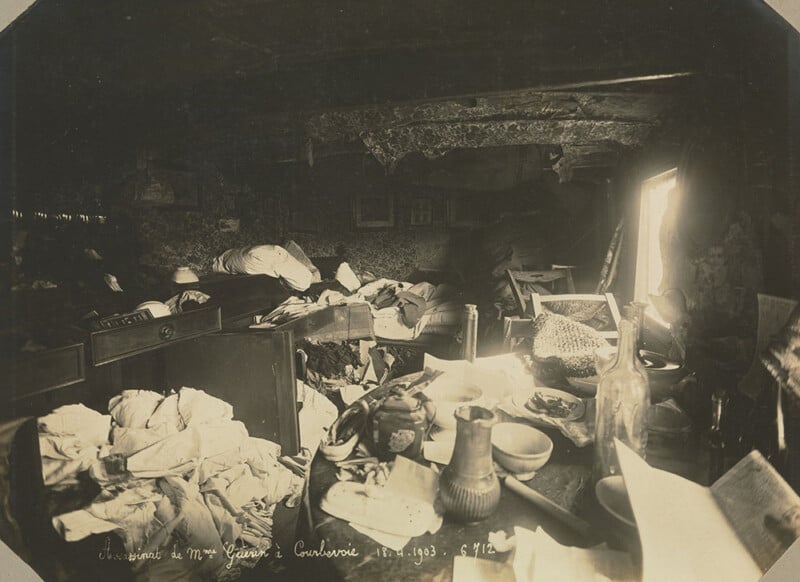
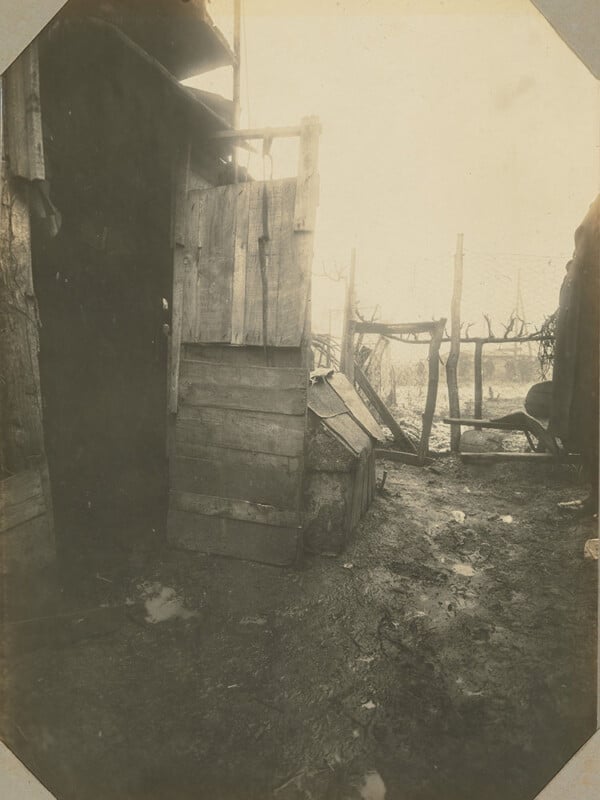
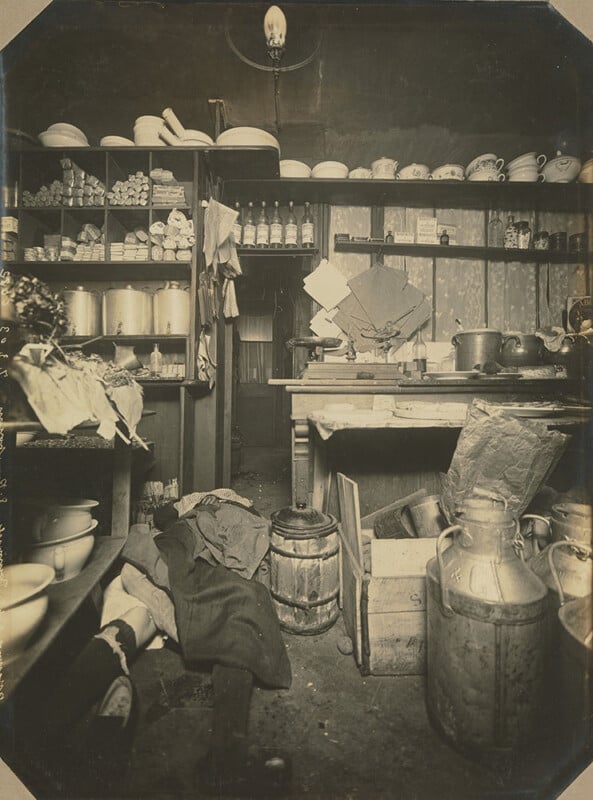
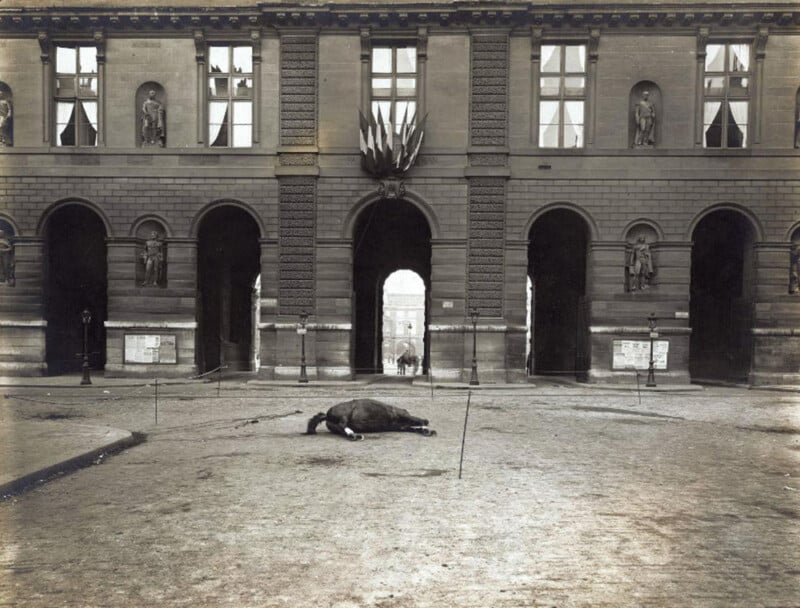
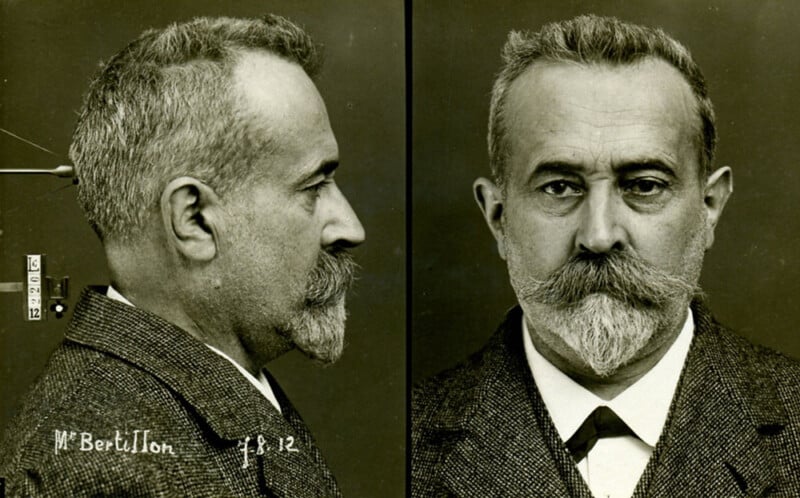
Bertillon was the chief of criminal identification for the Paris police department and there have been suggestions that his measurement systems were influenced by Darwinism and the racist eugenics movement.
However, his pioneering work with photography left a mark. His mugshot system remains in place today with even former President Donald Trump having one taken last summer.
Image credits: News Dog Media